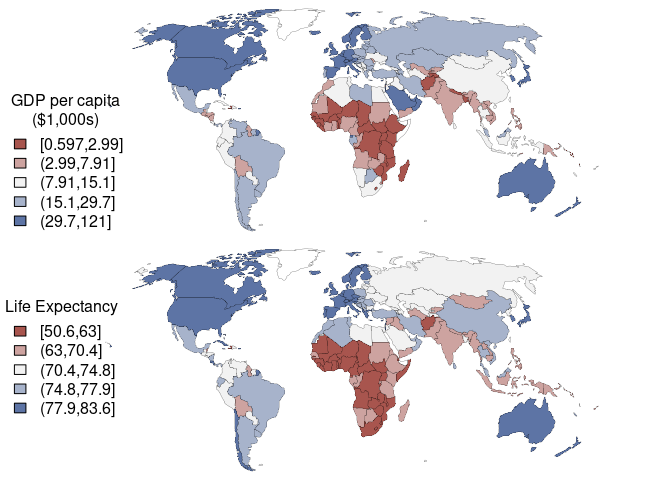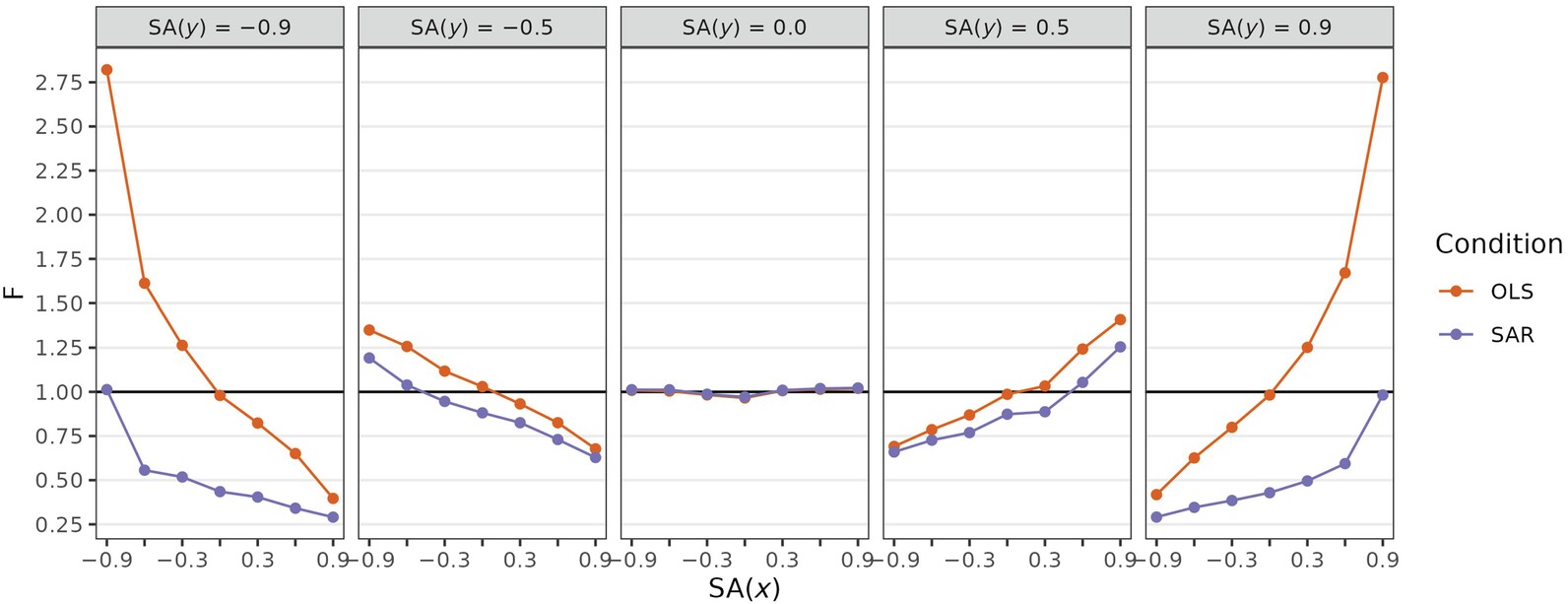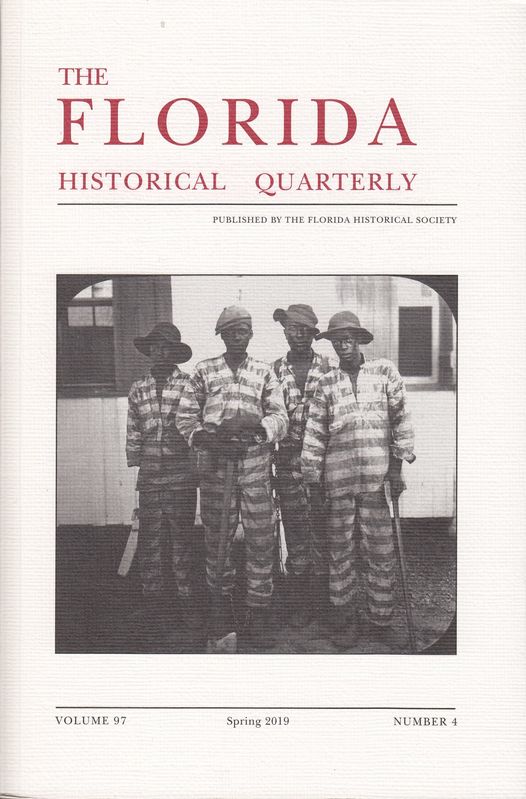Writing
For a complete list of academic publications, see my CV.
Investigating Cancer Inequalities in Urbanizing Texas with Plausible Reasoning
The Annals of the American Association of Geographers doi:10.1080/24694452.2024.2425807
Colorectal cancer (CRC) is highly lethal but often preventable. Between 2000 and 2010, incidence rates in Texas fell by 23% among screening-age adults (50-79). This is largely attributable to the relatively rapid adoption of screening colonoscopy as standard preventive care. This article adopts a political economy of health perspective to document and explain stark changes to the social geography of the CRC burden in the Dallas and Houston metro areas, including the spatial `deconcentration’ of racial cancer disparities and the emergence of substantial social-class differences in CRC incidence. A pdf of the author’s manuscript is freely available here.
Spatial Uncertainty and Probability
with co-author Yongwan Chun. Oxford Handbook for the Spatial Humanities (forthcoming)
In this chapter we review assessments of uncertainty in spatial research using probability theory. We introduce basic concepts from the frequency-based theory and from the rival, epistemological tradition. To motivate the chapter’s broad methodological concerns, we begin by sketching out some connections between probability theory and ongoing discussions of methodology in the humanities, singling out Franco Moretti’s ‘operationalist’ method of literary analysis for constructive critique. The chapter provides a theoretically-grounded orientation to spatial data analysis, including exploratory analysis, spatial regression, and geographical theories of spatial structuring or relational space. We highlight the importance of situating quantitative analyses within substantive explanatory efforts. To illustrate, we re-analyze state prison sentencing data from a previously published study of Florida’s convict leasing program.
Spatial analysis with geostan
r-spatial.org and Comprehensive R Archive Network (CRAN)
This post introduces the geostan R package by walking through an example analysis of international data on life expectancy and per capita GDP. The software package implements a variety of spatial-statistical models and provides a suite of tools for handling spatial data. The post illustrates how to specify and visualize spatial connectivity, fit common spatial regression models, and interpret the output of the Bayesian models. You can read the post at r-spatial.org.

Plausible Reasoning and Spatial-Statistical Theory: A Critique of Recent Writings on ‘Spatial Confounding’.
Geographical Analysis (2024) https://doi.org/10.1111/gean.12408 (open access)
Statistical research on correlation with spatial data dates at least to Student’s (W. S. Gosset’s) 1914 paper on “the elimination of spurious correlation due to position in time and space.” Since 1968, much of this work has been organized around the concept of spatial autocorrelation (SA). A growing statistical literature is now organized around the concept of “spatial confounding” (SC) but is estranged from, and often at odds with, the SA literature and its history. The SC literature is producing new, sometimes flawed, statistical techniques such as Restricted Spatial Regression (RSR). This article brings the SC literature into conversation with the SA literature and provides a theoretically grounded review of the history of research on correlation with spatial data, explaining some of its implications for the the SC literature. The article builds upon principles of plausible inference to synthesize a guiding theoretical thread that runs throughout the SA literature. This leads to a concise theoretical critique of RSR and a clarification of the logic behind standard spatial-statistical models.

Modeling time trends for disease monitoring studies
JMIR Public Health & Surveillance (2022) and Comprehensive R Archive Network (CRAN)
Modeling time trends in disease incidence and mortality rates is a crucial and routine task for public health research. This paper introduces my ‘surveil’ R package for public health research, explains some of the advantages it has over the commonly-used join-point software, and applies it to a short study of colorectal cancer incidence and inequalities in urban Texas. Read more

The Making of Florida’s ‘Criminal Class’: Race, Modernity, and the Convict Leasing Program, 1877-1919
Florida Historical Quarterly (2019)
Under the State of Florida’s convict leasing program (1877-1919) approximately 14,000 Floridians and visitors served sentences of hard labor at the pain of the lash. This article draws on over four decades of reports on the prison system by its administrators in the Florida Department of Agriculture, geographic sentencing data, data on prisoner characteristics, minutes from the Board of Pardons, and additional materials held in the Convict Lease Subject Files in the Florida State Archives. The study engages with a number of questions revolving around the inter-connected themes of forced labor, industrial interests, violence, disability, and racial ideology. Read more
